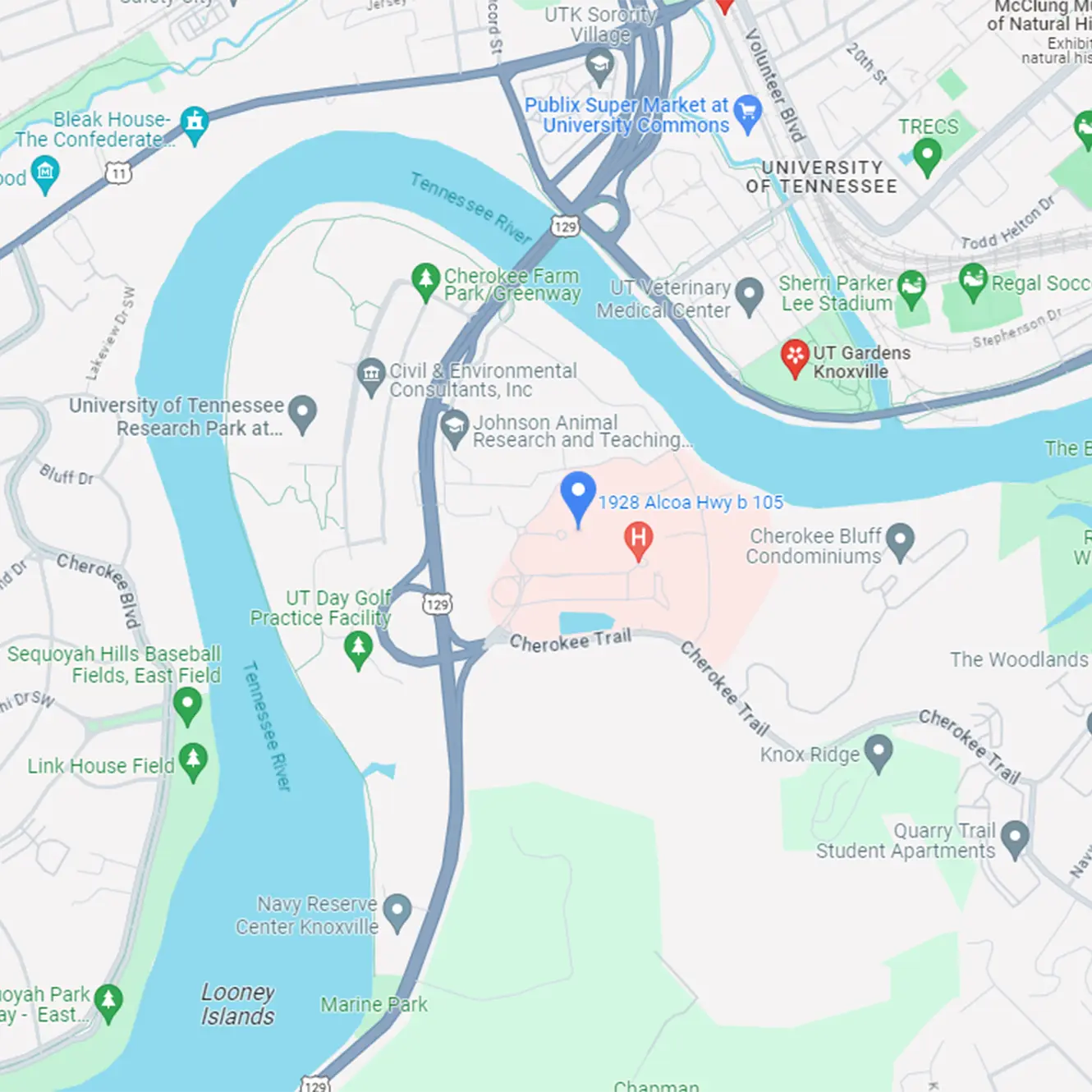A cecostomy or MACE (Malone Antegrade Colonic Enema) surgical procedure is used to clear the bowels of fecal matter (stool). Typically, it is used for children with severe constipation or the inability to control their bowels (fecal incontinence), which can involve symptoms ranging from severe constipation, fecal matter that bypasses the solid fecal matter and leaks out, or related to severe disorders.
Cecostomy differs slightly from the traditional enema that is used to relieve constipation. An enema is given directly through the rectum to help release the fecal matter (stool).
In a cecostomy, a tube (catheter) is used. This tube, also called a C-tube, is a non-latex tube place in the first part of the large intestine, also call the cecum. Liquid medication is injected into the cecum through this tube, which helps the fecal matter out of the body through the rectum.
These procedures are usually only performed after other techniques to manage constipation or fecal incontinence have proven unsuccessful. This procedure gives the child, or caregiver, the ability to completely empty the colon by giving him or herself an enema through a small opening in the side of the abdomen.
Reasons for this procedure
A cecostomy may be needed for very severe constipation that is not responding to laxatives or other methods of relieving the bowel. If constipation is causing severe pain or other potential bodily harm, the gastroenterologist may recommend a cecostomy. Conditions that can lead to severe fecal incontinence that might require a cecostomy include:
- the anus does not allow material to pass properly (an imperforate anus)
- spinal abnormalities, such as spina bifida
- a combination of the above conditions
- other muscular conditions
What will this surgical procedure involve?

Cecostomy
Under general anesthesia, a small catheter, or tube, is placed through the skin into either the cecum or appendix. The cecum is the first part of the large intestine located in the lower right abdominal quadrant. The tube, called a c-tube, can then be used as a way to clean out the colon. Approximately six (6) to eight (8) weeks later, the tube will be replaced with a permanent one that has a low profile “trap door” on the surface of the skin. This is a simple, outpatient procedure. After this initial change, the tube is changed once or twice a year.
MACE Procedure
The MACE procedure is similar to the cecostomy in that a small portal is made at the beginning of the large intestine. Instead of using a catheter as the passageway for the enema to flow through, the MACE procedure uses the appendix. The appendix is brought to the surface of the skin where a small opening, or stoma, is made.
Before the surgical procedure
Approximately two (2) days before the surgical procedure, your child will need to be on a clear fluid diet and begin a bowel clean out. Depending on the child and the situation, this may either be done at home or in the hospital. Your child’s bowel will need to be completely clean before this surgical procedure can be performed.
After the surgical procedure
Most children are in the hospital for 2 or 3 days after the surgical procedure to make sure no complications arise. During this time your child will be allowed to walk around, as tolerated, and will need to be on a clear diet until normal bowel movements return. Your doctor or nurse will instruct you and your child on how to flush out your bowels using the catheter.
More Information
For more information, please speak with your pediatric gastroenterologist.
Information on this page came from:
- www.nationwidechildrens.org
- www.hopkinsmedicine.org
- Stringer, David A., Babyn, Paul S. Pediatric Gastrointestinal Imaging and Intervention. 2nd edition. (2000) p. 116 – 121.














